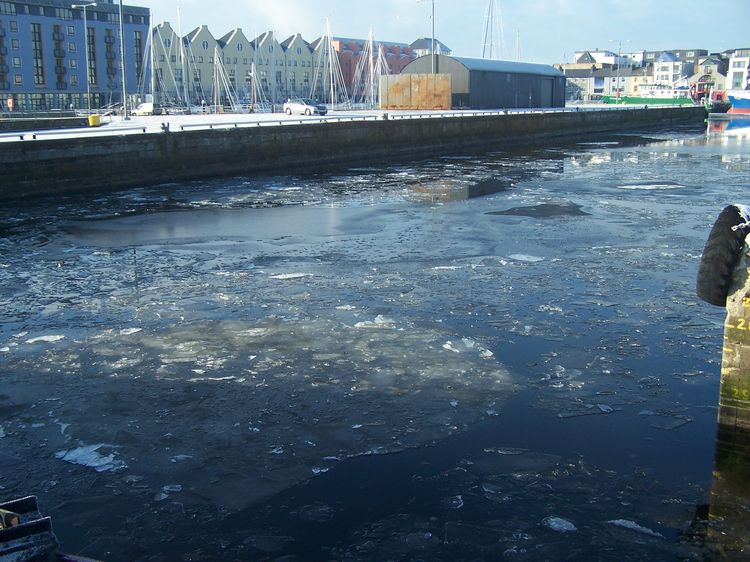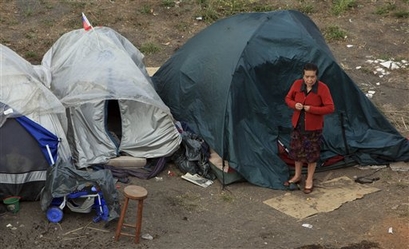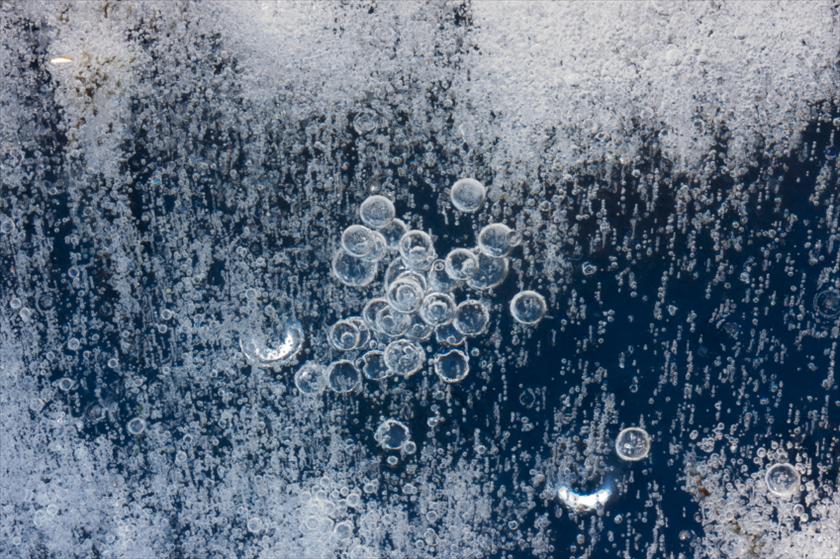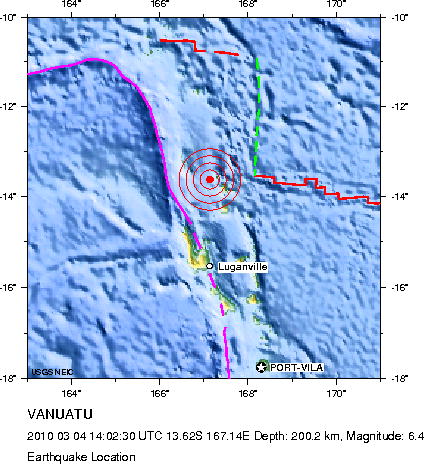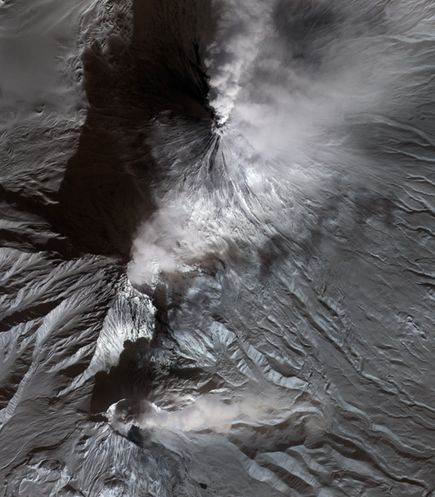
Surprising as the picture may be, the simultaneous eruptions of the Kamchatka Peninsula's Klyuchevskaya and Bezymianny volcanoes isn't all that shocking, according to geologist James Quick of Southern Methodist University in Texas.
"Kamkatcha [map] volcanoes are very active, so it's not uncommon for more than one of these volcanoes to be erupting at the same time," Quick said.
In fact, the volcanoes' close proximity makes it more, not less, likely that they'd explode in unison, he said.
Though there's no "great pool or pipe of lava connecting them," he said, the volcanoes lie above the same active subduction zone, an area where one tectonic plate is diving under another. So if the gnashing of the plates sends heat, lava, gas, or ash up through the earth toward one of the volcanoes, chances are the other might get it too. (See plate tectonics pictures.)
